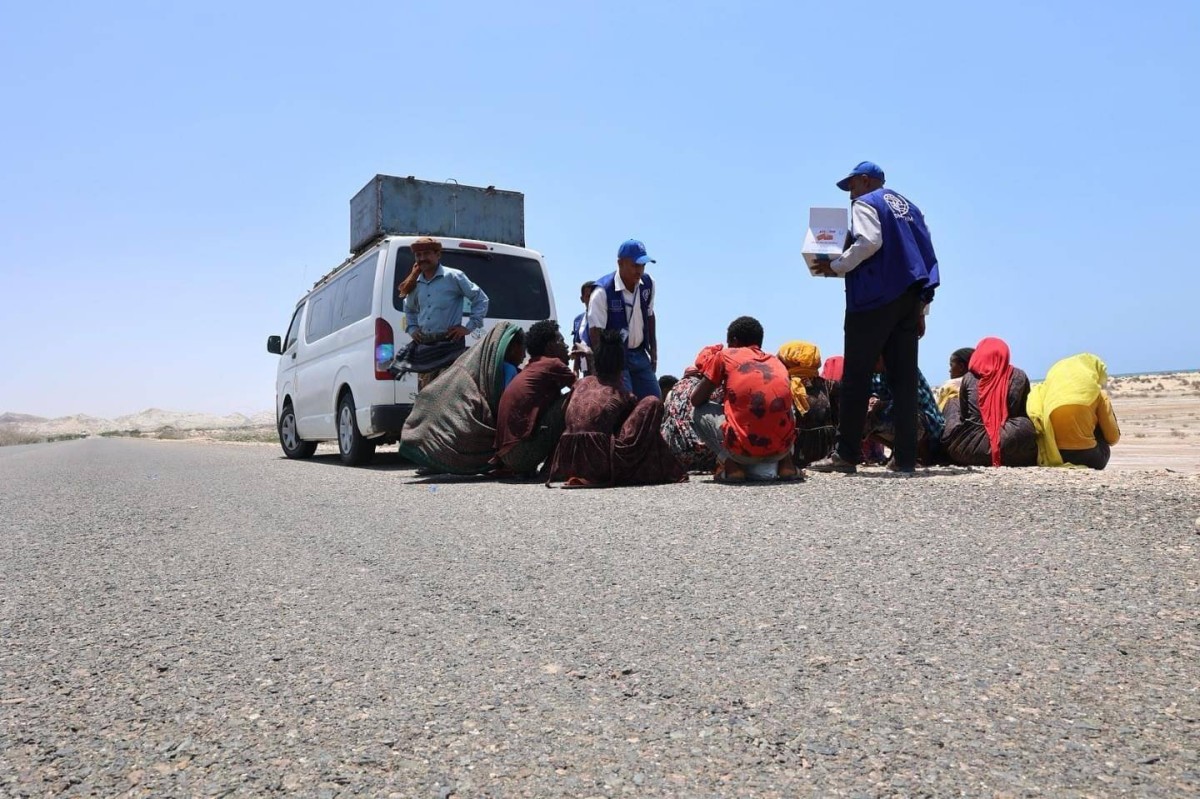African immigrants to Yemen increased by 136%


The number of migrants from the Horn of Africa to Yemen increased by 136 percent during the month of October (October), according to data distributed by the International Organization for Migration, as 79 percent of them arrived through Djibouti ports, while the remaining percentage arrived through Somali ports.< /p>
The organization stated in its monthly report that since the end of last September, it has been able to reach the coast of the Dhubab District of Taiz Governorate, located southwest of Yemen, which allows for better coverage of those coming from Djibouti. She said that this improved coverage will translate into an increase in the total number of arrivals.
According to the report, during last October, the Displacement Tracking Matrix of the International Organization for Migration tracked 6,364 migrants who entered Yemen, an increase of 136 percent over the total number reported in the previous month, when the number was (2,692 migrants). The increase can be largely attributed to increased coverage on the country's west coast, she said.
According to these data, 79 percent of the immigrants, most of whom were of Ethiopian citizenship, arrived through the state of Djibouti, while the rest (21 percent) came through Somali ports. Of the total registered, 25 percent were children, 17 percent were women, and 58 percent were men.
During the period covered by the report, International Migration alerted that most of the migrants entered through the coasts of Taiz Governorate on the western coast, and came from Djibouti (79 percent), while 21 percent arrived at the coasts of Shabwa Governorate and came to it from the Somali coasts.
p>It was noted that the report did not record the arrival of any migrants via the coast of Lahj Governorate, west of Aden, and the tracking mechanism suggested that this was due to the measures taken by the government to combat smuggling since August last year.
Track returnees
The tracking team recorded a total of 172 African migrants who were deported from the Sultanate of Oman to the Shehn District in Al Mahra Governorate. All the deported immigrants were Ethiopian citizens. While the worsening humanitarian crisis in Yemen forced some migrants to make the difficult decision to return to their countries of origin in the Horn of Africa.
During the same period, the tracking mechanism recorded the return of 1,910 migrants from Yemen, either voluntarily or by boat. This group consisted of 87 percent of men, 11 percent of women, and 2 percent of children.
Furthermore, the Djibouti Displacement Tracking Team reported the arrival of 1,561 migrants (94 percent men, 5 percent women, 1 percent children) from Yemen.
The International Organization for Migration believed that these numbers reflect the great challenges faced by migrants in Yemen and the desperate conditions that led them to risk dangerous sea journeys.
The organization said that the Migrant Tracking Matrix undertakes the task of monitoring and tracking the arrival of migrants along the southern coastal borders of Yemen and the return of Yemeni expatriates from neighboring countries to determine migration patterns and provide quantitative estimates of the irregular migrant population entering the country.
The report cautions that it is necessary to realize that the Flow Monitoring Record does not capture all migration flows, but it provides indicative insights into migration trends based on the known total number of migrants arriving along coastal and land borders monitored during the reporting period.